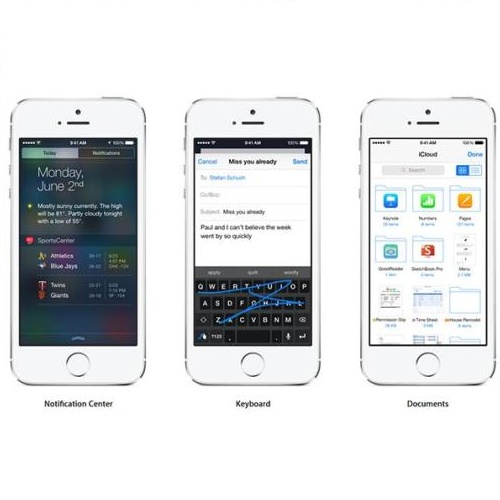One intriguing property of deep neural networks (DNNs) is their inherent vulnerability to backdoor attacks -- a trojaned model responds to trigger-embedded inputs in a highly predictable manner while functioning normally otherwise. Surprisingly, despite the plethora of prior work on DNNs for continuous data (e.g., images), little is known about the vulnerability of graph neural networks (GNNs) for discrete-structured data (e.g., graphs), which is highly concerning given their increasing use in security-sensitive domains. To bridge this gap, we present GTA, the first backdoor attack on GNNs. Compared with prior work, GTA departs in significant ways: graph-oriented -- it defines triggers as specific subgraphs, including both topological structures and descriptive features, entailing a large design spectrum for the adversary; input-tailored -- it dynamically adapts triggers to individual graphs, thereby optimizing both attack effectiveness and evasiveness; downstream model-agnostic -- it can be readily launched without knowledge regarding downstream models or fine-tuning strategies; and attack-extensible -- it can be instantiated for both transductive (e.g., node classification) and inductive (e.g., graph classification) tasks, constituting severe threats for a range of security-critical applications (e.g., toxic chemical classification). Through extensive evaluation using benchmark datasets and state-of-the-art models, we demonstrate the effectiveness of GTA: for instance, on pre-trained, off-the-shelf GNNs, GTA attains over 99.2% attack success rate with less than 0.3% accuracy drop. We further provide analytical justification for its effectiveness and discuss potential countermeasures, pointing to several promising research directions.
翻译:深神经网络(DNNs)的一个令人感兴趣的特性是其内在的易受后门攻击的弱点 -- -- 一个铁质模型在正常运行的同时以高度可预测的方式回应触发的内装投入,而正常运行。令人惊讶的是,尽管以前在DNNs上为连续数据(例如图像)做了大量工作,但对于图形神经网络(GNNs)对离散结构数据(例如图)的脆弱性却知之甚少,这些数据在安全敏感领域日益使用。为了弥补这一差距,我们提出了GTA,这是GTA首次对GNNs的后门攻击。与先前的工作相比,GTA以重要的方式出发:面向图表 -- -- 它定义为特定的子图示, 包括结构结构和描述性特征, 使得对手设计范围大; 投入的细化 -- 它动态地将触发个人图表(例如图), 从而优化攻击的效能和蒸发性; 下游模型- 远离系统化 -- -- 它可以在不了解下游模型或精确的化学分析战略的情况下, 能够轻易启动。





